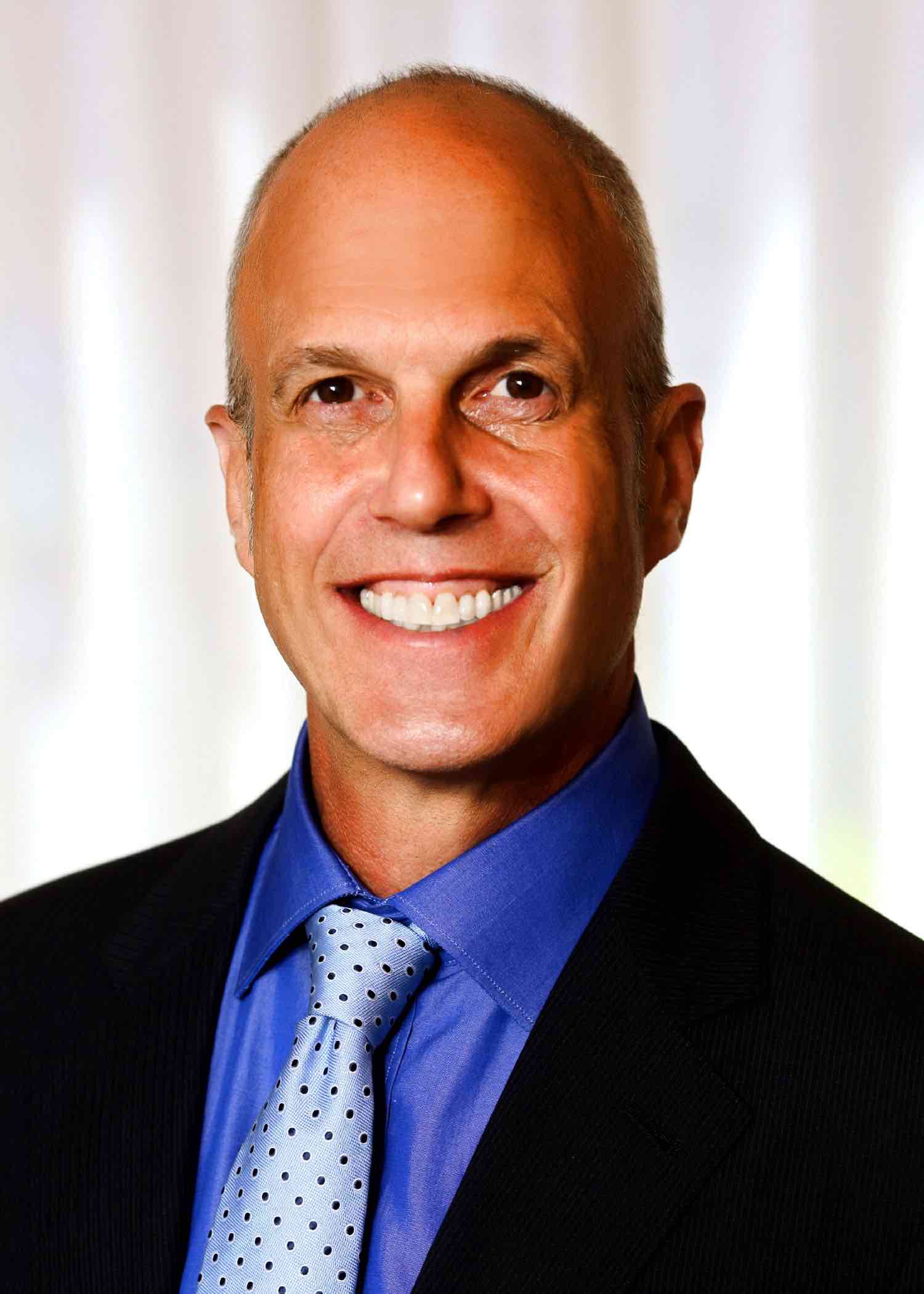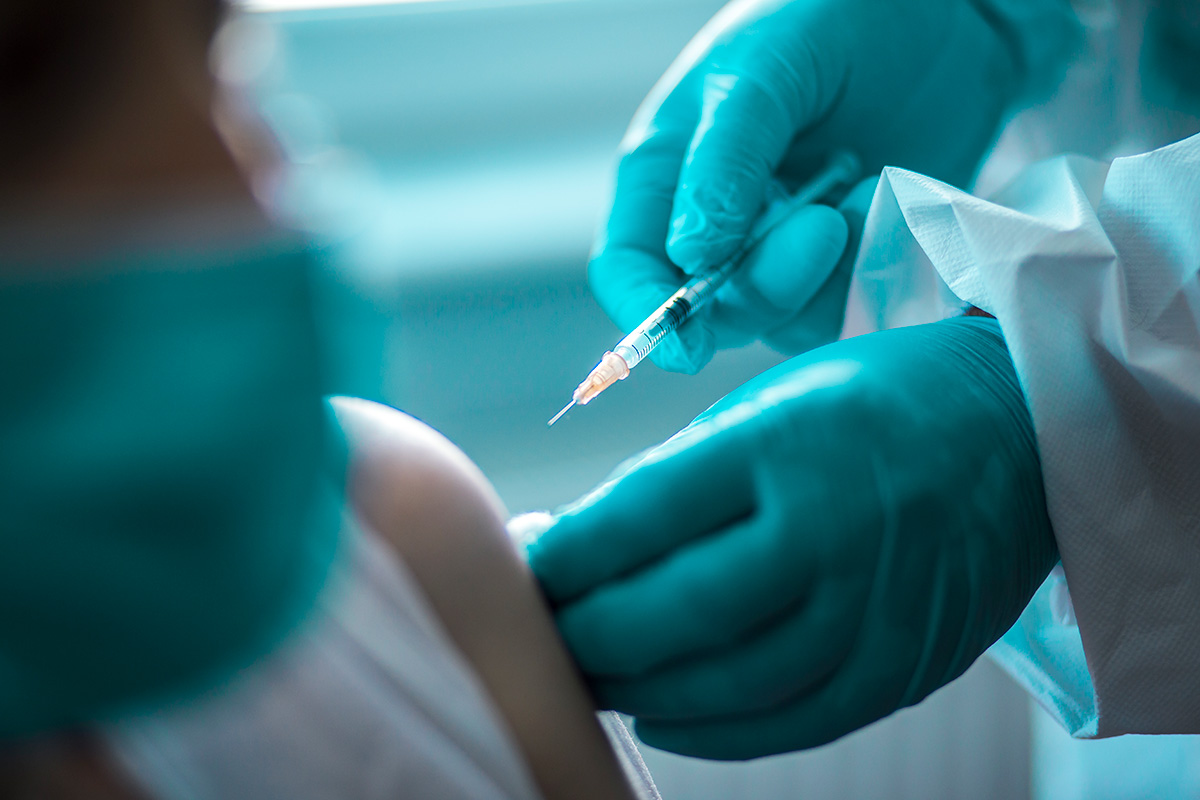Of all the hopes for overcoming the COVID pandemic, the greatest is for the “magic bullet” conferred by an effective vaccine. But creating a vaccine is only the part of the challenge. And as Charles Basch, TC’s Richard March Hoe Professor of Health & Education, and his coauthors write in a new study in the journal Human Vaccines & Immunotherapeutics, “even once the biological and technical aspects of vaccine development and manufacturing are accomplished, the benefits conferred on population health will also depend on public willingness to be vaccinated.”

BUILDING A CASE Basch and his team have published a series of studies suggesting that YouTube could play an enhanced role in delivering key public health messages to a lay audience — particularly regarding COVID-19. (Photo: TC Archives)
The study — the latest in an ongoing series led by Basch that have highlighted YouTube’s unrealized potential for educating people about COVID-19 prevention – is based on the premise that that YouTube is a powerful medium for vaccine-related messaging.
[Read stories on Basch’s previous studies, including one on the public’s use of YouTube for COVID information and more recently on YouTube and preventive messaging.]
The big issue for many of the diseases we have been studying is that the official agencies of the U.S. Public Health Services that are responsible for protecting the nation’s health are not trying hard enough or do not know how to produce videos that attract viewers. This is an important lost opportunity, and is particularly urgent in the COVID-19 pandemic.
—Charles Basch
The researchers examined 100 widely viewed YouTube videos on coronavirus vaccination. As of April 6, 2020, the videos had been viewed 33 million times. Nearly 75 percent were uploaded by news sources, garnering more than 20 million views. While only 16 percent were uploaded by consumers, these videos garnered over 25 percent of cumulative views (more than 8 million views).
“Think about the implications of these numbers,” says Basch. “Viewers are attracted to videos uploaded by consumers, who may or may not be conveying accurate and up-to-date information. The big issue for many of the diseases we have been studying is that the official agencies of the U.S. Public Health Services that are responsible for protecting the nation’s health are not trying hard enough or do not know how to produce videos that attract viewers. This is an important lost opportunity, and is particularly urgent in the COVID-19 pandemic. Why can consumers do this better than the public health agencies? That’s the main reason I became involved with this work — because I believe we're missing an important opportunity for using these videos to educate the public.”
To the extent that public health officials learn how to create videos about the safety and effectiveness of a COVID-19 vaccine, which attract viewers, this could help increase awareness and interest about vaccination.
—Charles Basch and co-authors
The majority of videos mentioned the vaccine manufacturing process and nearly half speculated on the amount of time before a vaccine might be ready for use (The prevailing estimate: 1-2 years).
Basch and his coauthors call for ongoing tracking of vaccine-related messaging on YouTube, which they intend to conduct.
“To the extent that public health officials learn how to create videos about the safety and effectiveness of a COVID-19 vaccine, which attract viewers, this could help increase awareness and interest about vaccination and help individuals make an informed decision about vaccine uptake.”
